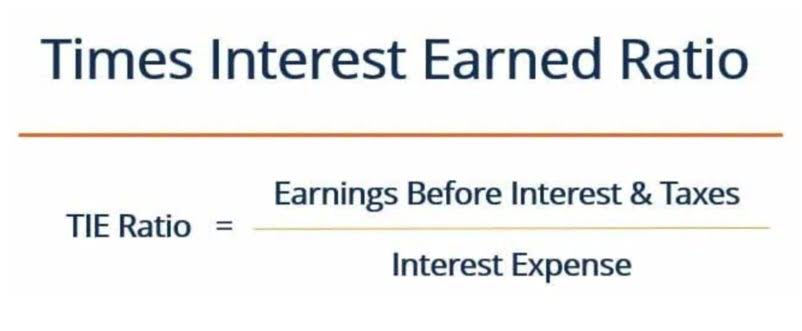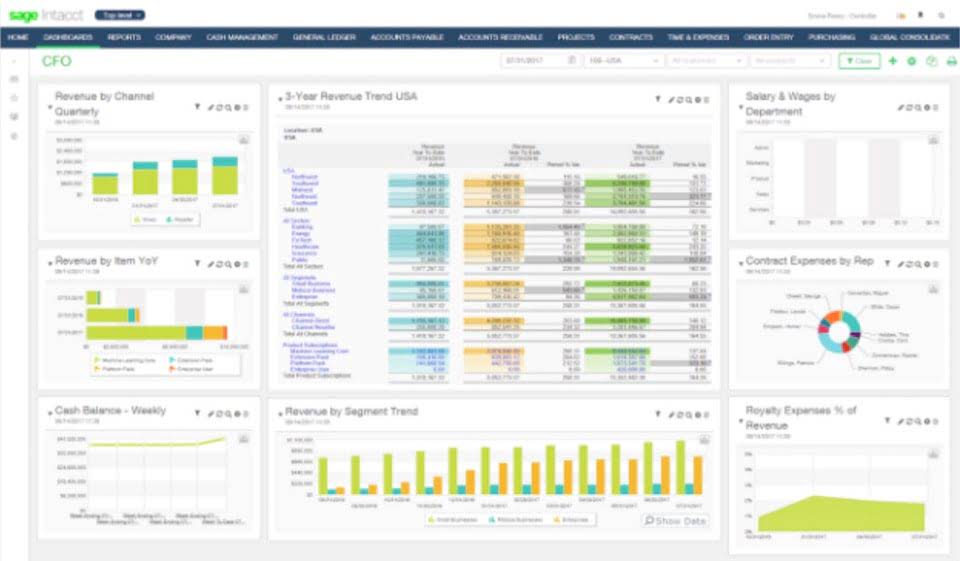What Is the Accounting Equation, and How Do You Calculate It?

Below is a portion of Exxon Mobil Corporation’s (XOM) balance sheet as of September 30, 2018. Some terminology may vary depending on the type of entity structure. By decomposing equity into component parts, analysts can get a better idea of how profits are being used—as dividends, reinvested into the company, or retained as cash. The second principle is the classification of expenses into operating, financing and capital expenses.
This is because creditors – parties that lend money such as banks – have the first claim to a company’s assets. The basic accounting equation is used to provide a simple calculation of a company’s value, based on which of the following is the basic accounting equation a comparison of equity and liabilities. For a more specific breakdown of the components of equity, use the expanded equation instead. To begin with, it doesn’t provide an analysis of how the business is operating.
Current Liabilities
This includes expense reports, cash flow and salary and company investments. The accounting equation is based on the premise that the sum of a company’s assets is equal to its total liabilities and shareholders’ equity. As a core concept in modern accounting, this provides the basis for keeping a company’s books balanced across a given accounting cycle. As per this equation, the assets of a business are always equal to the claims of owners and outsiders. Whereas, the claims of outsiders are called liabilities (creditors equity). Now, the dual effect of every transaction impacts this equation in such a way that both sides are equal at all times.

Deskera Books is an online accounting software that enables you to generate e-Invoices for Compliance. It lets you easily create e-invoices by clicking on the Generate e-Invoice button. Assets represent the ability your business has to provide goods and services. Or in other words, it includes all things of value that are used to perform activities such as production and sales.
Guide to Understanding Accounts Receivable Days (A/R Days)
Materiality concept states that events that are trivial and have an insignificant impact on the books of accounts can be ignored. Whereas, the material facts that reasonably influence the decisions of the stakeholders of your business must be recorded. So, to take important financial decisions, a business owner needs to maintain proper financial statements. We all know that we record all the business transactions using the Dual Aspect concept.
This accounting principle assumes that a business will continue to exist long enough to carry out its objectives and commitments and will not liquidate in the foreseeable future. Furthermore, transactions are recorded in terms of monetary units and not in terms of units of physical quantity. Thus, such a policy helps in dealing with business uncertainties and protects the interests of its creditors.
Common Accounting Errors Small Businesses Make and How to Avoid Them
This concept states that every transaction has a dual impact on the accounting records. Such users of principal accounting statements take financial decisions based on the entity’s 1) financial position, 2) operating performance and 3) financial health. They reflect a combination of recorded facts, accounting principles, basic accounting assumptions and personal judgments. Accordingly, the economic events of a business are recognized by matching the costs incurred with the revenue earned at the time when a transaction occurs. According to the Double Entry System, every business transaction involves at least two accounts. In other words, every business transaction has an equal and opposite effect in minimum two different accounts.
He currently researches and teaches economic sociology and the social studies of finance at the Hebrew University in Jerusalem. So let’s understand what is Financial Accounting, it’s Objectives and various other concepts and principles related with Financial Accounting. Analyze the following transactions under the Accounting Equation Approach. Harold Averkamp (CPA, MBA) has worked as a university accounting instructor, accountant, and consultant for more than 25 years. If you want to know more about accounting errors and how to spot them, we recommend reading Common Accounting Errors – A Practical Guide With Examples.
The difference between the revenue and profit generated and expenses and losses incurred reflects the effect of net income (NI) on stockholders’ equity. Overall, then, the expanded accounting equation is useful in identifying at a basic level how stockholders’ equity in a firm changes from period to period. The accounting equation summarizes the essential nature of double-entry system of accounting. Under which, the debit always equal to credit, and assets always equal to the sum of equities and liabilities. Accounting equation can be simply defined as a relationship between assets, liabilities and owner’s equity in the business. The accounting equation equates a company’s assets to its liabilities and equity.
The income and retained earnings of the accounting equation is also an essential component in computing, understanding, and analyzing a firm’s income statement. This statement reflects profits and losses that are themselves determined by the calculations that make up the basic accounting equation. In other words, this equation allows businesses to determine revenue as well as prepare a statement of retained earnings. This then allows them to predict future profit trends and adjust business practices accordingly. Thus, the accounting equation is an essential step in determining company profitability. It’s telling us that creditors have priority over owners, in terms of satisfying their demands.
Furthermore, it doesn’t totally keep accounting mistakes from being made. In any event, when the balance sheet report adjusts itself, there is still a chance of a mistake that doesn’t include the accounting equation. To prepare the balance sheet and other financial statements, you have to first choose an accounting system. The three main systems used in business are manual, cloud-based accounting software, and ERP software. Although the balance sheet always balances out, the accounting equation can’t tell investors how well a company is performing.
Net Worth: What It Is and How to Calculate It – Investopedia
Net Worth: What It Is and How to Calculate It.
Posted: Tue, 24 Oct 2023 07:00:00 GMT [source]




